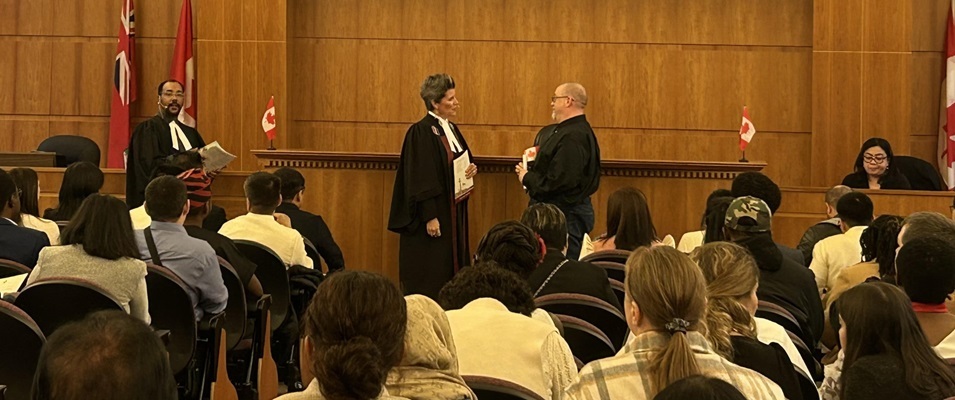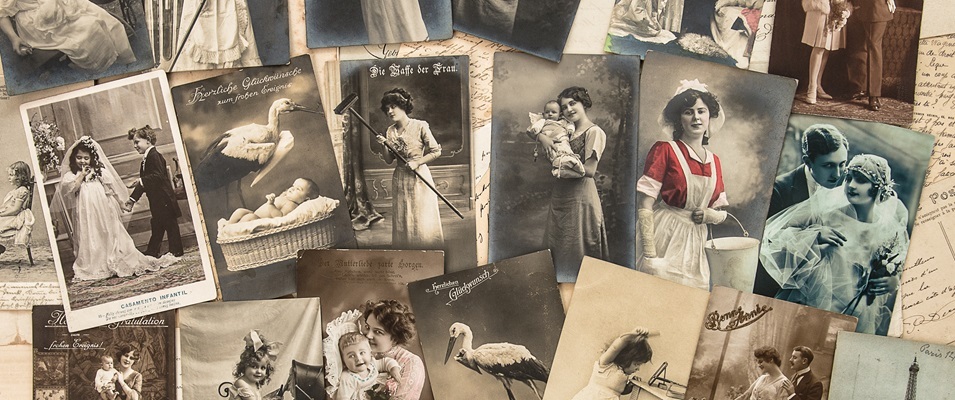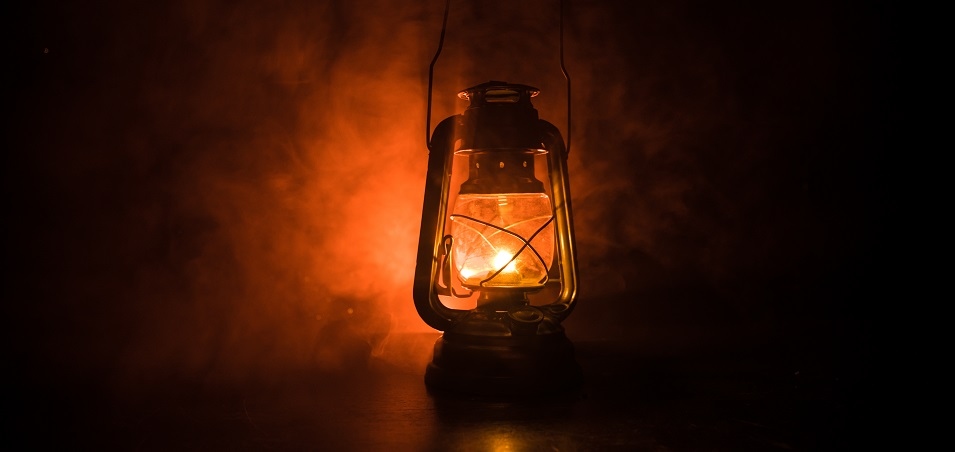Like all things Manitoban, there is a considerable amount of uncertainty about the coming election. Just as we often don’t buy a social ticket until the day of, we wait until the last minute to make electoral decisions.
Despite our eleventh-hour tendencies, we can already predict that change is coming. In these final days, our leaders are pulling out all the stops and doing their best to convince us that they have the answers to all our hopes and dreams.
Let’s start with the Manitoba Liberals. What seems certain is that this election will see them move from a non-party to true party status under the leadership of Rana Bokhari. Since taking over, she has accomplished a full rebuild of the party. Starting with the executive house cleaning and policy reset, the Liberals have been strategic in focusing their limited resources on select constituencies in an effort to ensure that their support is maximized and translates into actual seat wins. If their efforts bear fruit, and if they can continue gaining First Nations support, especially in the north, they should come out with five to seven seats.
But these will generally be close races, so strategic voting could impact the results; if soft Liberals throw their support to the NDP or PCs, the Liberals could fail. And as a party without a significant financial war chest, shoring up support at the polls could prove challenging. However, while admittedly not a contender for the premier’s office, Ms. Bokhari could end up holding the balance of power in a minority government situation.
The Progressive Conservatives under Brian Pallister are in an “it’s ours to lose” situation. Facing the most unpopular incumbent leader in recent history puts them in a great position. With their large financial backing, they can gain votes from Manitobans who are frustrated with a government that’s been around too long.
However, the PC position is also fragile. Their struggle is to say enough to continue the vote sway in their favour, but not too much. Mr. Pallister has to deal with his Harper-shaped shadow and ensure that neither he nor any of the large-C conservatives in his masses strike fear into the heart of the more moderate populace.
They could also find themselves ahead in the polls but behind in the ballots. In polls, voters may be willing to support the more extreme corners of the political spectrum, but they often move to a pragmatic and moderate centre when the pencil marks the X.
Barring some blunder, this should translate into a PC government, but it could potentially be a minority.
As for the NDP, imagine rats jumping from a sinking ship—though this is fair neither to the rats nor the ship. The NDP brand continues to resonate with voters, as they have successfully maintained a strong hold on the moderate centre, largely a creation of past leader Gary Doer. Greg Selinger may be famously unpopular, but the party enjoys relatively strong poll numbers. This in spite of the exodus of some long-time and well-respected candidates.
The biggest variable for Mr. Selinger is whether the voters think of him or the party when they pick up their pencils on Election Day. Strategic voting in swing ridings and the ability to steal back Liberal support could make the difference. Ultimately, it is unlikely they will form government, but the party should be spared the decimation that often results from a grossly unpopular leader. And given the NDP’s embrace of the “liberal” centre, there is a possibility of some collaboration between the NDP and Liberals on certain issues.
Yes, the polls will be interesting to watch in these final days. Nothing is certain until the ballots are counted and winners declared. Wisely, none of the parties are taking anything for granted—and perhaps that is the only certainty. Manitobans are so far sending the message that they don’t want to be taken for granted. A mandate where the power is distributed rather than vested in a single party may best ensure this message is heard.




















